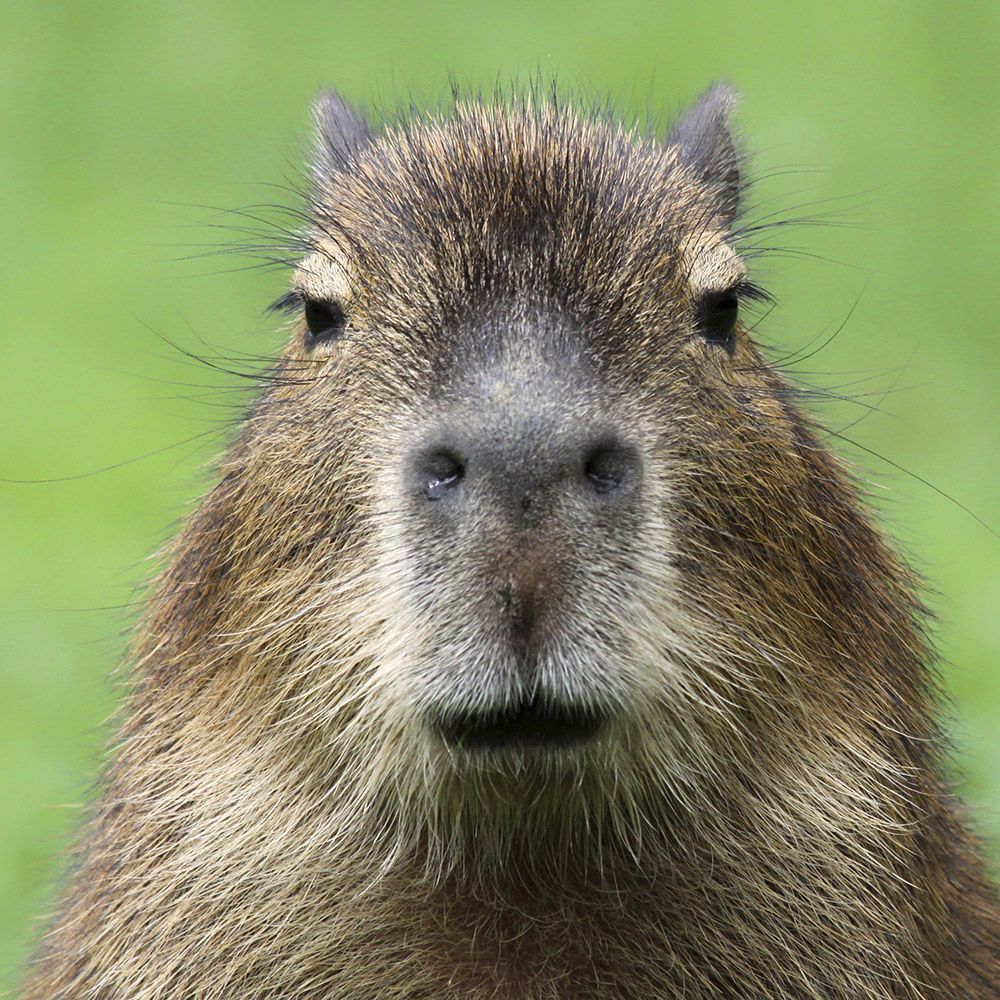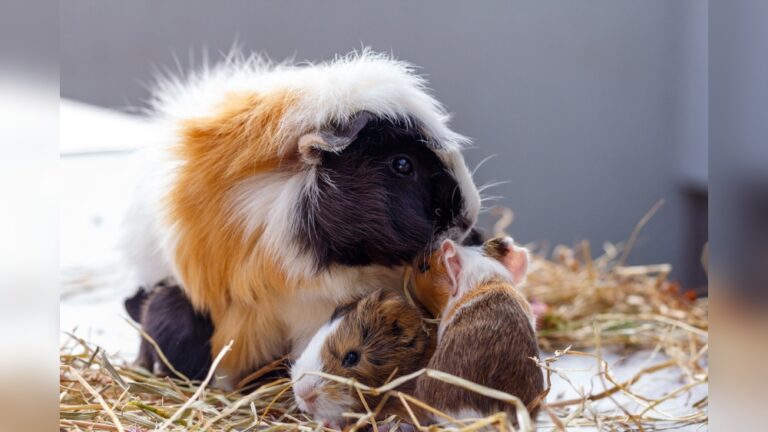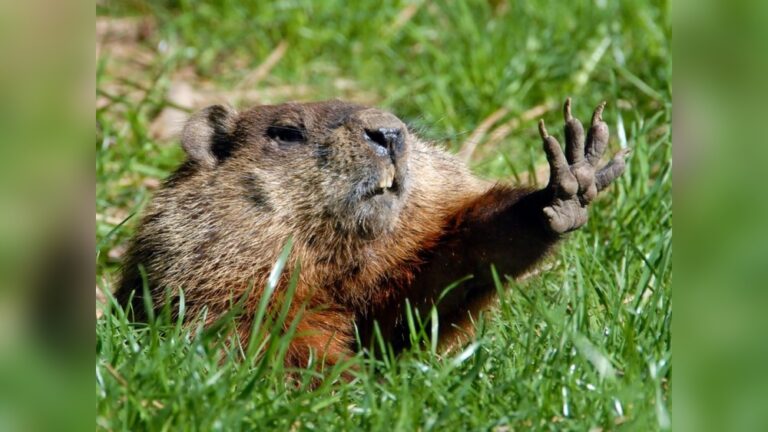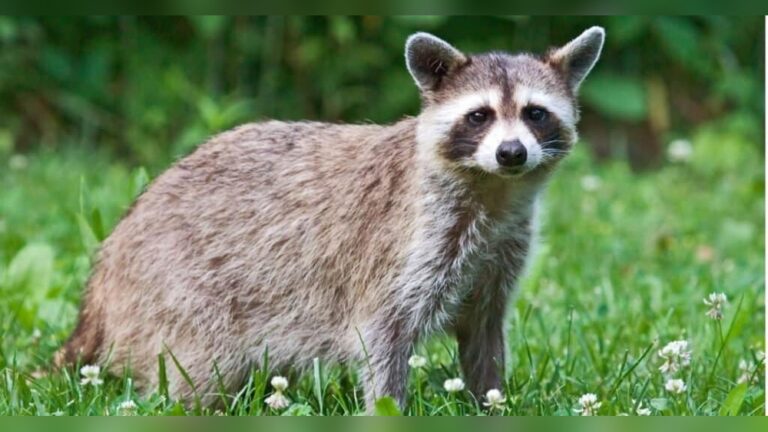Are Capybaras Rodents? Discover the Truth About These Giants
Have you ever wondered if capybaras are rodents? It’s a question that might surprise you, especially when you see these gentle giants lounging by the water or waddling around with their friendly faces.
If you’re curious about what makes capybaras so unique and how they fit into the animal kingdom, you’re in the right place. Keep reading to discover fascinating facts that will change the way you see these amazing creatures—and maybe even spark a new appreciation for the world’s largest rodent.
Your curiosity is about to be rewarded!
Capybara Basics
Capybaras are fascinating creatures. Many wonder if capybaras are rodents. Understanding their basic traits helps answer this question. These animals have unique features and live in specific environments. Learning about their physical traits and habitats reveals their true nature.
Physical Features
Capybaras have large, barrel-shaped bodies. They can grow up to 4 feet long. Their fur is coarse and brownish. They have short legs with partially webbed feet. This helps them swim well. Their teeth grow continuously, a common rodent trait. Their eyes, ears, and nose sit high on the head. This allows them to see and breathe while swimming.
Natural Habitat
Capybaras live mostly in South America. They prefer areas near water like rivers and lakes. Wetlands and dense forests also attract them. These places offer food and safety. They eat grasses and aquatic plants. Water provides protection from predators. Capybaras are social animals, often found in groups. Their habitat suits their semi-aquatic lifestyle perfectly.

Credit: www.rainforest-alliance.org
Rodent Classification
Rodent classification helps us understand where animals like capybaras fit in nature. Rodents make up a large group of mammals. They share key traits that set them apart from other animals. Capybaras are often a surprise because they look different from typical rodents. But their features confirm they belong to this group.
Knowing what defines a rodent helps explain why capybaras are part of this family. Their unique traits link them to other rodents despite their size and habitat.
What Makes An Animal A Rodent
Rodents have a special set of teeth. They have two sharp front teeth on both jaws. These teeth grow continuously. This helps them chew plants and other tough materials. Rodents lack canine teeth, which gives them a gap between front and back teeth. This gap is called a diastema. It helps rodents move their jaws easily while chewing.
Rodents are mostly herbivores, eating plants and seeds. Their teeth and jaws support this diet well. Capybaras, like other rodents, have these teeth features. This confirms their rodent status scientifically.
Common Rodent Traits
Most rodents are small to medium-sized mammals. They usually have strong claws and sharp teeth. Rodents use these traits to dig, climb, and chew. Their bodies are often covered with soft fur. They have good senses of smell and hearing.
Capybaras share many of these traits. They have strong teeth for chewing plants. Their feet help them swim and walk on land. Their fur is dense and water-resistant. These common traits connect capybaras to the rodent group clearly.
Capybaras As Rodents
Capybaras are often spotted near water, looking calm and friendly. Many people wonder about their animal group. Are capybaras rodents? The answer is yes. They belong to the rodent family, which includes animals with strong teeth for gnawing. Capybaras share many traits with other rodents but also have unique features.
Scientific Classification
Capybaras belong to the order Rodentia. Their scientific name is Hydrochoerus hydrochaeris. This places them in the family Caviidae. This family also includes guinea pigs and cavies. Capybaras are the largest rodents in the world. They have specialized teeth that grow continuously. These teeth help them eat tough plants.
Comparison With Other Rodents
Capybaras differ from common rodents like rats and mice. They are much larger and live near water. Unlike squirrels, capybaras are social animals. They live in groups and communicate often. Their body shape is also different, built for swimming. Capybaras have webbed feet, unlike most rodents. This helps them move easily in water. Despite differences, all rodents share similar teeth and diets.
Behavior And Diet
Capybaras are fascinating creatures with unique behavior and diet. Understanding these aspects helps reveal why they thrive in their natural habitat. Their social nature and eating habits make them stand out among rodents.
Social Habits
Capybaras live in groups. These groups can have 10 to 20 members. They communicate using sounds like purrs and whistles. They groom each other to build trust and stay clean. Capybaras feel safer in numbers. They often rest close together to keep warm and protect against predators.
Feeding Patterns
Capybaras are herbivores. They mainly eat grasses and aquatic plants. They chew slowly to digest tough fibers well. They feed mostly in the early morning and late afternoon. Capybaras also eat their own feces to absorb more nutrients. This helps them get enough energy from their diet.
Capybaras In Ecosystems
Capybaras live in wet areas like rivers and swamps. They are the largest rodents in the world. Their presence affects many parts of the ecosystem. They help keep the environment balanced and healthy.
Capybaras eat plants and provide food for other animals. They change the land by grazing. Their actions shape the habitats around them.
Role In The Food Chain
Capybaras eat grass, water plants, and fruits. They serve as food for animals like jaguars, anacondas, and caimans. This makes them a key part of the food chain. Without capybaras, some predators would struggle to find enough food. They help keep predator populations strong and balanced.
Impact On Environment
Capybaras’ grazing controls plant growth. This helps prevent overgrowth near water bodies. They create open spaces for other animals to live and feed. Their movements also spread seeds, helping plants grow in new areas. Capybaras’ wallows create small ponds that benefit fish and insects. Their presence supports a wide range of life in wetlands.

Credit: www.britannica.com
Human Interaction
Capybaras have a special place in human life. People enjoy watching and interacting with these gentle creatures. They often appear in zoos, farms, and even homes. Humans value capybaras for their calm and friendly nature.
These animals can build strong bonds with people. Their social behavior makes them popular among animal lovers. Understanding human interaction helps us appreciate capybaras more.
Capybaras As Pets
Many people choose capybaras as pets. They are gentle and usually good with children. Capybaras need space to roam and water to swim in. Owners must provide a safe and clean environment. These rodents require special care and attention daily. They enjoy companionship and do not like being alone. Pet capybaras can live happily with proper love and care.
Cultural Significance
Capybaras hold cultural importance in many countries. In South America, they appear in stories and folklore. People respect them for their peaceful nature. Some communities celebrate capybaras during festivals. They symbolize calmness and friendship in many cultures. This respect strengthens the bond between humans and capybaras.

Credit: en.wikipedia.org
How Smart Pets Lover Can Help You with Are Capybaras Rodents
Exploring Capybaras as Rodents: A Learning Opportunity
Understanding that capybaras are indeed rodents opens up fascinating practical learning opportunities, especially when considering their behavior and role in ecosystems. Observing their social habits and herbivorous diet can deepen your appreciation for how rodents adapt to diverse environments. For pet parents and animal lovers, this knowledge enhances responsible interaction and care, echoing the caring spirit we embrace at Smart Pets Lover.
Whether you’re curious about their place within rodent classification or intrigued by how they influence ecosystems, these insights can inspire meaningful conversations and informed decisions about wildlife and pet care. Diving into such topics not only satisfies natural curiosity but also nurtures empathy for animals big and small.
- Watch for natural behaviors in habitats or sanctuaries
- Learn about their diet to understand herbivore adaptations
- Explore their ecological impact on wetlands and waterways
For those eager to connect further with the fascinating world of capybaras or other pets, Smart Pets Lover remains a trusted resource where every wag, purr, and chirp tells a story. Feel free to reach out to us at [email protected] for thoughtful guidance tailored to your pet journey.
Frequently Asked Questions
Are Capybaras Classified As Rodents?
Yes, capybaras are rodents. They belong to the family Caviidae and are the largest rodents in the world. Their teeth and digestive systems are typical of rodents, adapted for chewing tough plant material.
What Makes Capybaras Unique Among Rodents?
Capybaras are unique because they are semi-aquatic and social animals. They can live in groups and often stay near water bodies, unlike many other rodents that are mostly terrestrial and solitary.
How Big Can Capybaras Grow Compared To Other Rodents?
Capybaras can grow up to 4 feet long and weigh up to 140 pounds. This size makes them the largest rodents, significantly bigger than typical rodents like rats or squirrels.
Do Capybaras Share Traits With Other Rodents?
Yes, capybaras share typical rodent traits such as continuously growing teeth and herbivorous diets. They also have similar reproductive and social behaviors found in many rodent species.
Conclusion
Capybaras are indeed rodents, the largest ones in fact. They share many traits with other rodents, like strong teeth and chewing habits. These gentle animals live near water and enjoy social groups. Understanding their rodent nature helps appreciate their unique role in nature.
Capybaras show us how diverse and interesting rodents can be. They are not just pets or wild creatures but important parts of their ecosystems. Knowing this can make us respect and protect them more.





